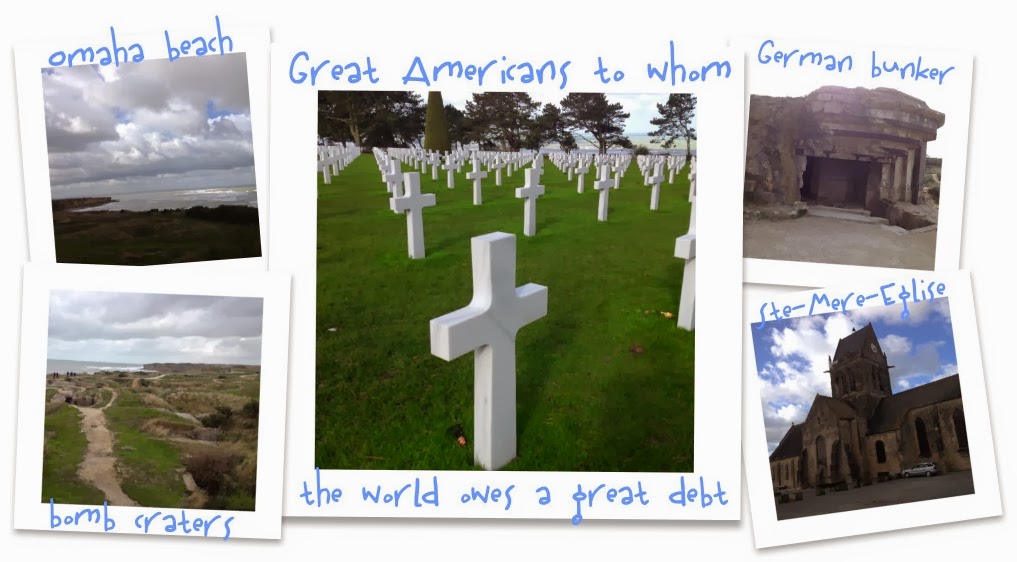Despite my best intentions for an annual letter, I
am left with reporting all that has happened in the last few years, a
formidable task for an aging memory. So,
here’s what’s going on now, at least from my limited point of view.
Francois graduated from Plymouth State
University
Caroline graduated SUNY Purchase with a B.F.A. in
drawing and painting. She has started working on a graphic novel and received third prize at the Annual Armonk Art Show last September. She has landed a day job working as a framing consultant for A.I. Friedman's in Port Chester. A graduate degree, a teaching certificate, and script writing have gone to the back burner for now.
Veronica is a junior at University at Buffalo. She is pursuing a double major in Media Design and Computer Science with a certificate in Game Studies.
Matthew is a senior in high school. He is an accomplished drummer, captain of his PF debate team, and an Intel STS semifinalist. As of now, he is waiting to hear from colleges.
Nicholas is in eighth grade. Nicholas is a published author as we have collected his handwritten stories over many years and bound them in a single hardcover novel. We expect to do a promotional tour soon. A few years ago, he had to work on
a composting project for his science class. He and his father created a 6 x 6 foot space in
the backyard with tree logs where they dumped leaves, grass clippings, and
vegetable scraps from the kitchen. Now, that wonderful fresh compost will be added to Louis' new vegetable garden project this spring. He wants to drop off the grid and grow our
own food. Lou still works at IBM. The company keeps moving jobs to China , India , and Brazil . It seems that we are expected to be on the company network both at work and at home, but everyone is happy to be working, so there is little complaining. On the home front, the downstairs bathroom is currently taken apart and slowly being put back together. In his spare time, Lou works on a scheme to beat the stock options market.
I am still working at the local public library. I keep busy taking occasional trips to Canada ,
knitting and taking care of our small menagerie composed of four small fluffy animals. On a sad note, our aging Collie, Lucky, passed
away in the early morning hours of Monday, December 27, 2010 .
He was surrounded by the people who loved him most, and we still miss him dearly.
So the stream of life continues on its winding journey. Thank you for being part of my present and I hope your “now”
finds you surrounded by joy and love.
Suzanne and family











